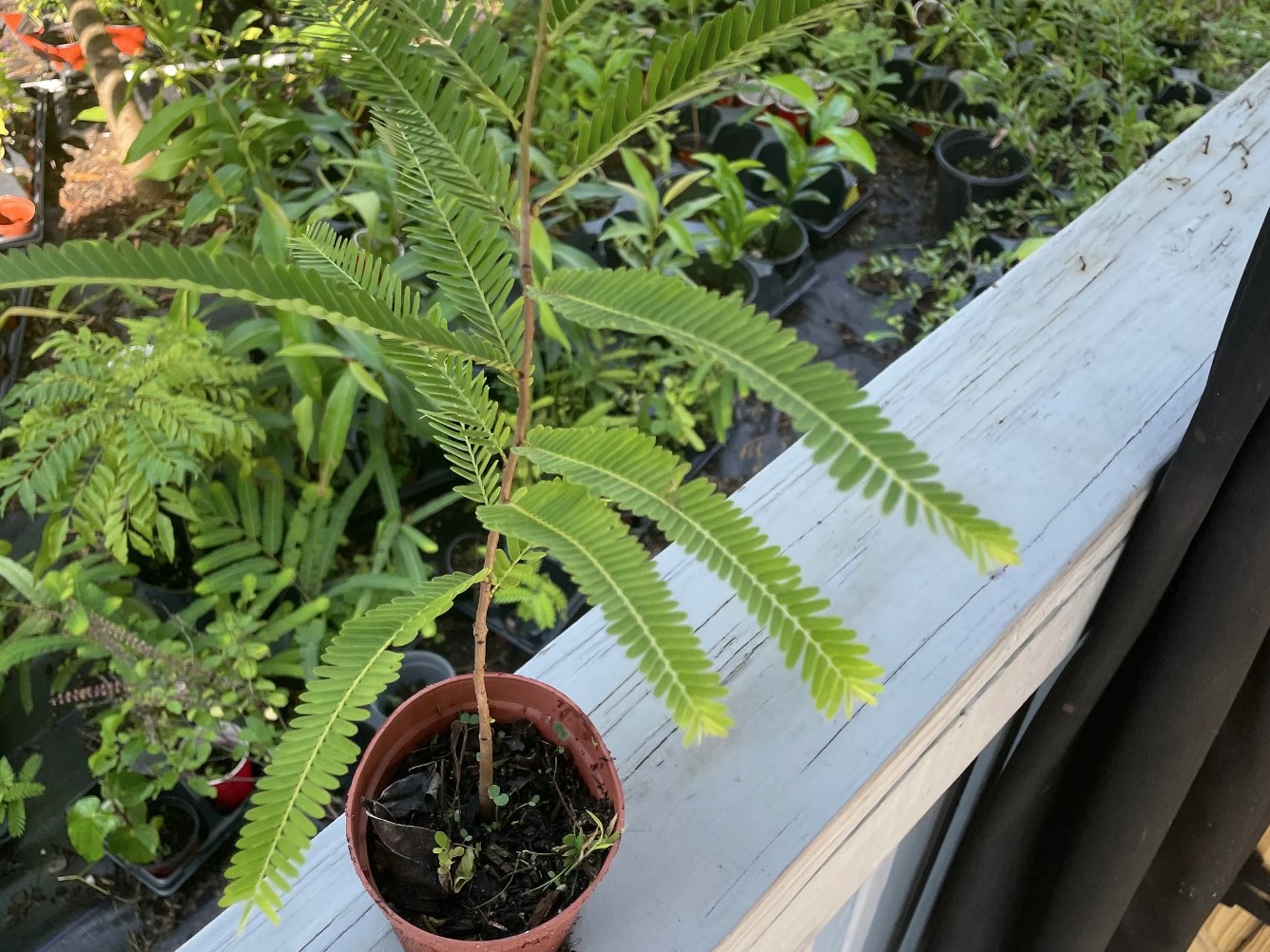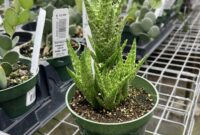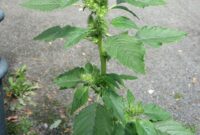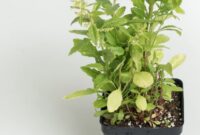
Indian gooseberry, or Amla, is a small, green fruit packed with a plethora of health benefits. It’s been used in Ayurvedic medicine for centuries due to its potent antioxidant and rejuvenating properties. In this comprehensive guide, we’ll delve into the various aspects of this remarkable fruit, from its cultivation to its incredible health benefits.
What is Indian Gooseberry?
Indian gooseberry is a deciduous tree native to India, Southeast Asia, and parts of Africa. It’s easily recognizable by its spiny branches and tart, green fruits. The fruit is rich in vitamin C, antioxidants, and other essential nutrients, making it a popular ingredient in traditional Indian cuisine and medicine.
Amla Plant Care: Nurturing Nature’s Gift
Growing an Amla tree at home can be a rewarding experience. Here are some tips for proper care:
- Sunlight: Amla trees thrive in full sunlight.
- Soil: Well-draining, slightly acidic soil is ideal.
- Watering: Water regularly, especially during dry periods.
- Fertilizing: Apply a balanced fertilizer once or twice a year.
- Pruning: Prune regularly to maintain shape and encourage new growth.
Indian Gooseberry Tree: A Versatile Plant
The Amla tree is not only a source of nutritious fruit but also a beautiful ornamental plant. Its dense foliage and spiny branches add a unique touch to any garden.
Growing Indian Gooseberry: A Step-by-Step Guide
Here’s a simple guide to growing Indian gooseberry:
- Seed Selection: Choose healthy, ripe Amla fruits.
- Seed Extraction: Remove the seeds from the fruit pulp.
- Seed Treatment: Soak the seeds in warm water for a few hours.
- Sowing: Sow the seeds in well-draining soil.
- Germination: Keep the soil moist and wait for germination.
- Transplanting: Once the seedlings are strong, transplant them into larger pots or directly into the ground.
Amla Plant Medicinal Uses: A Holistic Approach
Amla has been used in Ayurveda for centuries to treat various ailments. Some of its medicinal uses include:
- Boosting Immunity: Amla’s high vitamin C content helps strengthen the immune system.
- Improving Digestion: It aids in digestion and relieves constipation.
- Promoting Hair Health: Amla is known to prevent hair loss and promote hair growth.
- Lowering Blood Sugar: It helps regulate blood sugar levels.
- Improving Skin Health: Amla’s antioxidant properties help protect the skin from damage.
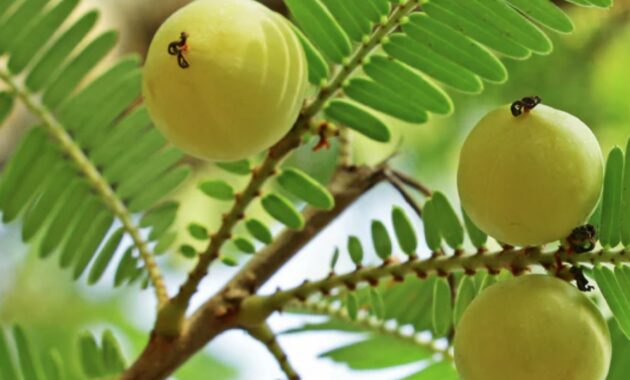
Indian Gooseberry Cultivation: A Sustainable Practice
Amla cultivation is an eco-friendly and profitable venture. It can be grown both commercially and on a small scale. Organic farming practices are particularly beneficial for Amla cultivation, as they ensure the fruit’s purity and nutritional value.
Amla Plant Seeds: The Seeds of Health
Amla seeds are a valuable resource for propagating the plant. They can be sown directly into the ground or in pots. Proper seed selection and care are crucial for successful germination.
How to Grow Indian Gooseberry: A Beginner’s Guide
Even if you’re a novice gardener, growing Amla is relatively easy. By following the right techniques and providing optimal growing conditions, you can enjoy a bountiful harvest of this superfood.
Indian Gooseberry Nutrition: A Nutritional Powerhouse
Amla is a nutritional powerhouse, packed with essential vitamins, minerals, and antioxidants. It’s an excellent source of:
- Vitamin C: Boosts immunity and aids in collagen production.
- Antioxidants: Protects cells from damage caused by free radicals.
- Fiber: Promotes digestive health.
- Minerals: Including calcium, iron, and potassium.
Amla Plant Health Benefits: A Holistic Approach to Wellness
Amla offers a wide range of health benefits, including:
- Improved Digestion: Aids in digestion and relieves constipation.
- Boosted Immunity: Strengthens the immune system and protects against infections.
- Healthy Hair: Promotes hair growth and prevents hair loss.
- Radiant Skin: Improves skin health and reduces signs of aging.
- Lowered Blood Sugar: Helps regulate blood sugar levels.
- Enhanced Vision: Protects eyesight and prevents age-related eye problems.
Indian Gooseberry for Hair Growth: A Natural Remedy
Amla is a popular ingredient in hair care products due to its ability to nourish the scalp and promote hair growth. It can be used in various ways, such as:
- Amla Hair Oil: Massage Amla oil into the scalp to stimulate blood circulation and nourish hair follicles.
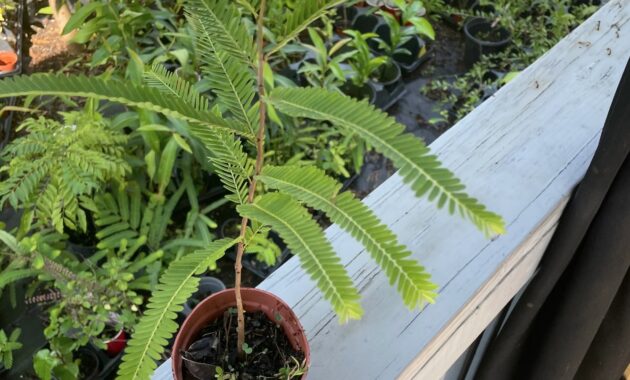
Amla Tree Care Guide: Nurturing Your Natural Pharmacy
To ensure optimal growth and health of your Amla tree, follow these care tips:
- Watering: Water regularly, especially during dry seasons. However, avoid overwatering as it can lead to root rot.
- Fertilizing: Apply a balanced NPK fertilizer every 2-3 months to provide essential nutrients.
- Pruning: Prune regularly to remove dead or diseased branches and maintain the tree’s shape.
- Pest and Disease Control: Keep an eye out for pests like aphids and mealybugs. Use organic pest control methods or neem oil to treat infestations.
- Harvesting: Harvest the fruits when they turn a deep yellow or reddish-brown color.
Indian Gooseberry Gardening Tips: Cultivating a Healthy Harvest
Here are some gardening tips to help you cultivate a thriving Amla tree:
- Choose the Right Location: Select a sunny spot with well-draining soil.
- Prepare the Soil: Enrich the soil with organic compost or manure before planting.
- Propagation: Propagate your Amla tree through seeds or cuttings.
- Mulching: Apply a layer of mulch around the base of the tree to retain moisture and suppress weeds.
- Companion Planting: Consider planting Amla trees near other fruit trees like mango or guava to attract pollinators.
Indian Gooseberry Plant Varieties: A Diverse Selection
There are several varieties of Indian gooseberry, each with its own unique characteristics:
- Chakai: Known for its large fruits and high vitamin C content.
- Banarasi: Popular for its sweet and juicy fruits.
- Kantha: A drought-tolerant variety with small, tart fruits.
- Krishna: Produces large, dark-colored fruits.
Organic Indian Gooseberry Farming: A Sustainable Approach
Organic farming practices are essential for producing high-quality, pesticide-free Amla. Here are some key principles:
- Soil Health: Maintain healthy soil through organic fertilizers and crop rotation.
- Pest and Disease Control: Use natural pest control methods like neem oil and insect traps.
- Water Conservation: Implement efficient irrigation techniques to conserve water.
- Harvesting and Post-Harvest Handling: Harvest the fruits at the right stage of ripeness and handle them carefully to prevent damage.
Conclusion
Indian gooseberry, or Amla, is a versatile fruit with numerous health benefits. By incorporating it into your diet and lifestyle, you can boost your immunity, improve digestion, and promote overall well-being. Whether you’re growing Amla trees at home or sourcing organic produce, this natural powerhouse can be a valuable addition to your daily routine.
FAQs
- Can I eat Amla seeds?
While Amla seeds are edible, they are often discarded due to their hard texture. However, they can be ground into a powder and used in various culinary and medicinal preparations. - How often should I consume Amla?
It is recommended to consume Amla daily, either in the form of fresh fruit, juice, or supplements. However, consult with a healthcare professional to determine the appropriate dosage for your individual needs. - Can I grow Amla in a pot?
Yes, Amla can be grown in pots, but it’s important to choose a pot that is large enough to accommodate the tree’s root system. Ensure that the pot has drainage holes to prevent waterlogging. - What is the best time to plant Amla seeds?
The best time to plant Amla seeds is during the monsoon season when the soil is moist and the weather is warm. - Can I use Amla to treat specific health conditions?
While Amla has various health benefits, it’s important to consult with a healthcare professional before using it to treat specific health conditions. Amla may interact with certain medications, so it’s crucial to seek medical advice.
